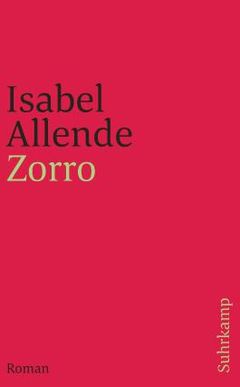

It is his closeness to Bernardo that makes him so conscious of the injustices inflicted by the Europeans on the Indians. As they were both reared at the same time they became extremely close friends as well as “milk brothers.” The two are hardly separated for the rest of Diego’s life.


The resentment born of these early experiences stayed with him for the rest of his life and influenced his sense of social justice.Īnother influence was his half brother, Bernardo, the son of his Indian wet nurse. As a boy he grew up with a keen awareness of the brutal injustices dealt out to the native Americans by European settlers. Diego had two big influences in his early life: his maternal grandmother, White Owl, who taught him the ways of the tribe, and his father who taught him fencing and cattle raising. His mother was a Shoshone Indian and daughter of a tribal shaman. His father was a Spanish aristocrat – a military man and landowner. The time period is from 1795 – when Diego de la Vega was born in California – until 1840, when he died. It works as a bio and there’s even a brief epilogue when the biographer reveals an identity to us. For a while I thought there might have been a real Zorro on which the novel is based. She’s chosen to write this volume in the style of a biography.

It seems that McCulley was influenced by reading The Scarlet Pimpernel. However, it’s not really clear to me why a novelist as renowned as Isabel Allende would produce yet another version of this oft told story. I wasn’t even sure if he was based on a real character but it seems he wasn’t. When I did a search on I was offered several thousand references to the character. And there have been other literary Zorros, too. There was also a TV Zorro – Guy Williams. I find out now that Errol Flynn was also a Zorro. My only recollection of the swashbuckling hero with the black cloak and hat and sword was decades ago when Tyrone Power was the star of a movie of the same name. There have been several versions of the Zorro story since its initial appearance in 1905 in the novel The Mark of Zorro by Johnston McCulley.


 0 kommentar(er)
0 kommentar(er)
